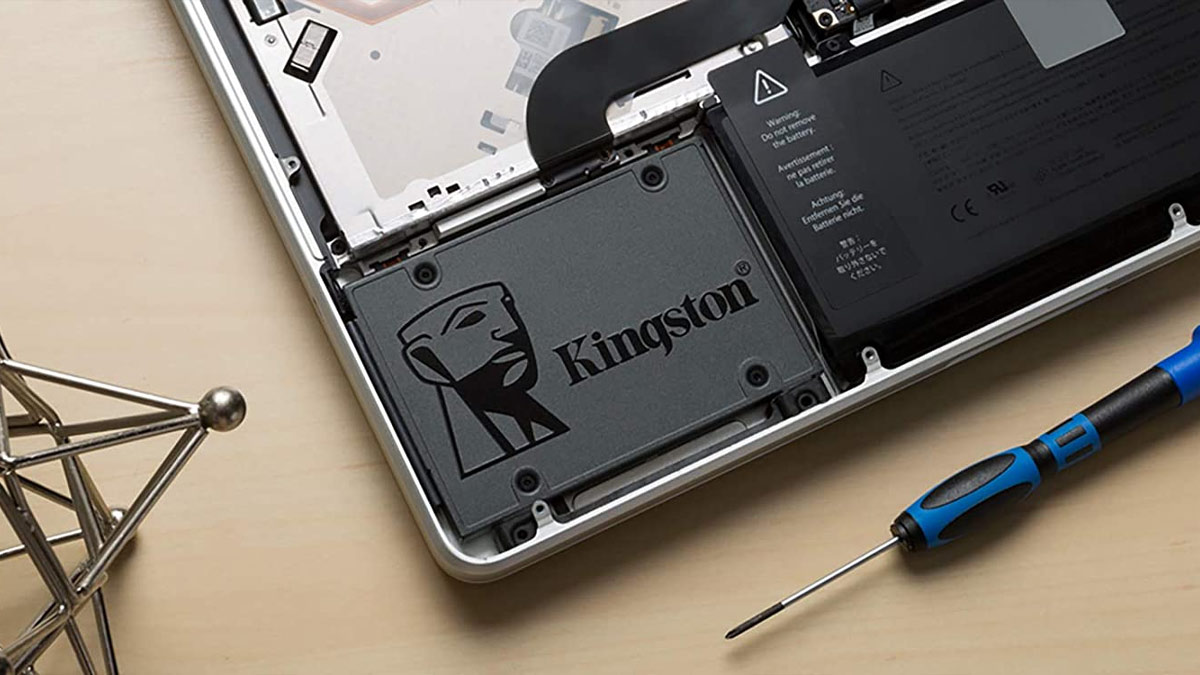Gandalf_The_Grey
Level 83
Thread author
Verified
Honorary Member
Top Poster
Content Creator
Well-known
- Apr 24, 2016
- 7,259
If you have the itch to upgrade an older desktop computer or splash some cash to buy a brand new laptop to get better performance, you really should start with this cheap upgrade.
You Don’t Need a New PC, You Need a Fast Drive
Don’t get us wrong: If you want to play current AAA game titles on ultra, play around with machine learning or AI artwork engines, or other such demanding applications, it’s quite possible you do, in fact, need new hardware—and certainly a lot more of it than just a simple drive upgrade.
But for the vast majority of people still using computers with mechanical hard drives, an inexpensive upgrade from a mechanical hard drive (HDD) to a solid state drive (SSD) is as good as getting a brand-new computer.
Because for people who use their computers to browse the web, watch streaming video, write reports for work (or sit through Zoom call after Zoom call), and so on, it’s rarely the processor or other hardware holding them back. It’s the read/write speed of the hard drive.
The hard drive bottleneck is what makes your computer feel sluggish while booting, loading apps, saving files, and so on. You don’t need a current-generation i9 processor to get a fast boot or snappy file loads. You need a fast drive.
We really can’t overstate how much life an SSD upgrade breathes into an old machine. Back in 2015, we had a mechanical hard drive failure in a 2013-era Dell Inspiron laptop. We took that opportunity to write a tutorial showing you how to swap the slow mechanical hard drive in your laptop for an SSD.
And you know what? As of this article in September of 2022, that laptop still gets used, albeit not as frequently, for general tasks like web browsing, editing, and so on—because a snappy hard drive is so much more useful for day-to-day basic computer use than a blazing-fast processor.
Older laptops, by the way, are a prime candidate for this kind of project because mechanical laptop drives are typically lower RPM drives (like 5400RPM) to save energy and extend battery life. That’s great and all, but it’s a huge performance hit. Swapping to an SSD will not only improve your battery life but supercharge drive performance in the process.

Don’t Replace an Old Computer, Put an SSD In It
If you have the itch to upgrade an older desktop computer or splash some cash to buy a brand new laptop to get better performance, you really should start with this cheap upgrade.
 www.howtogeek.com
www.howtogeek.com